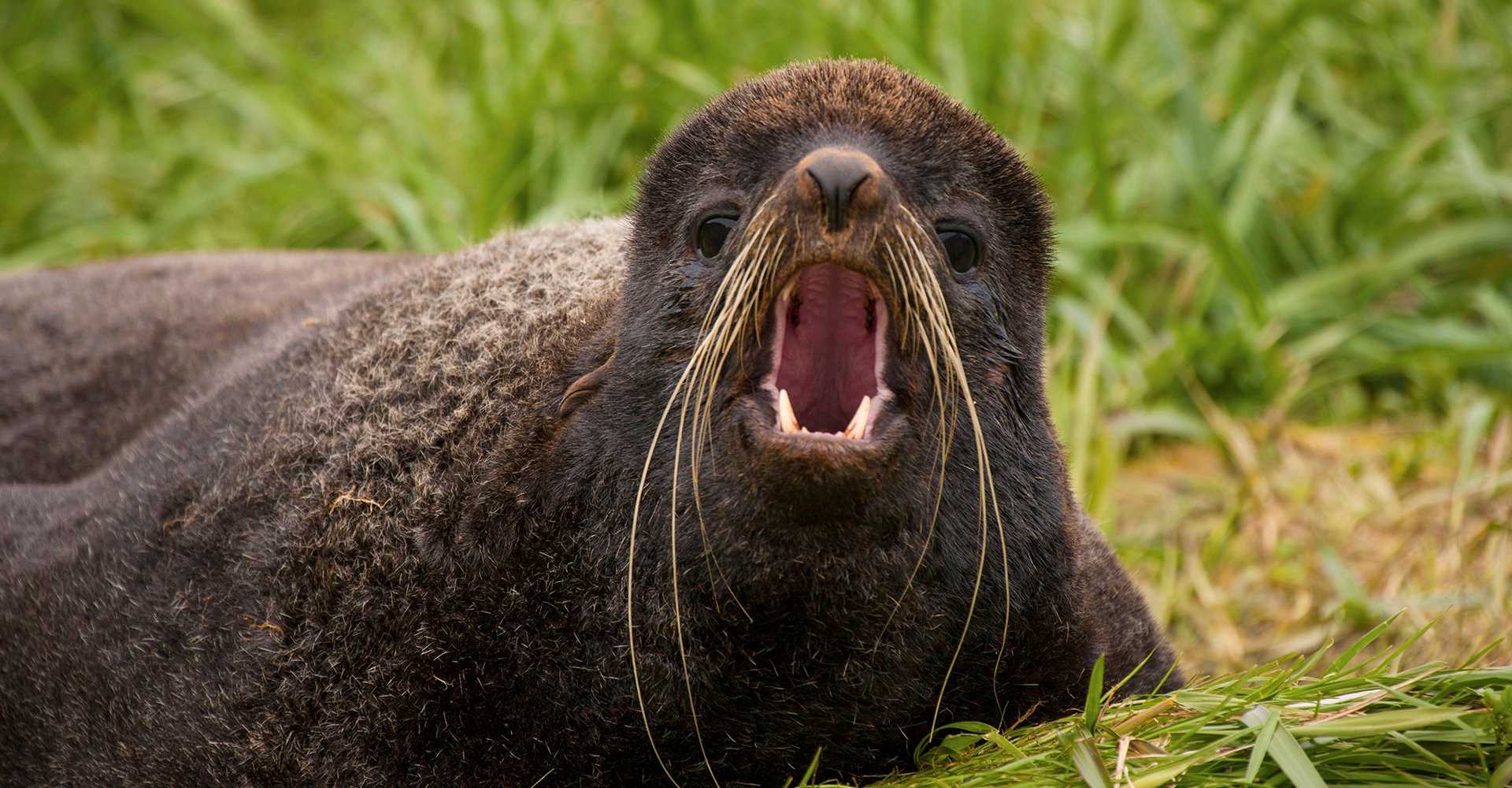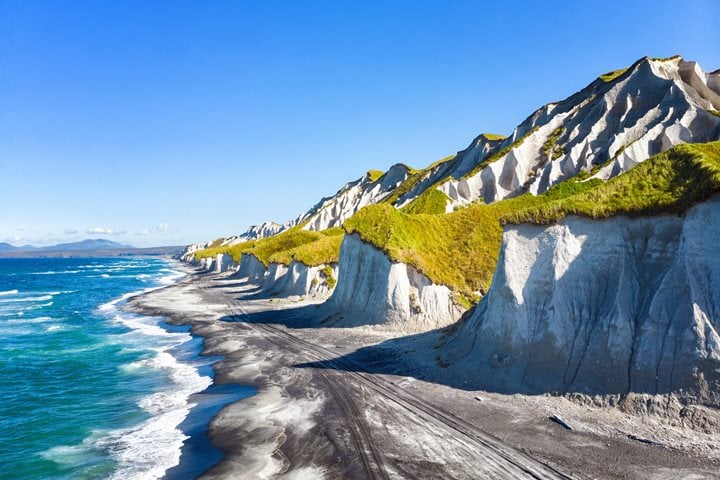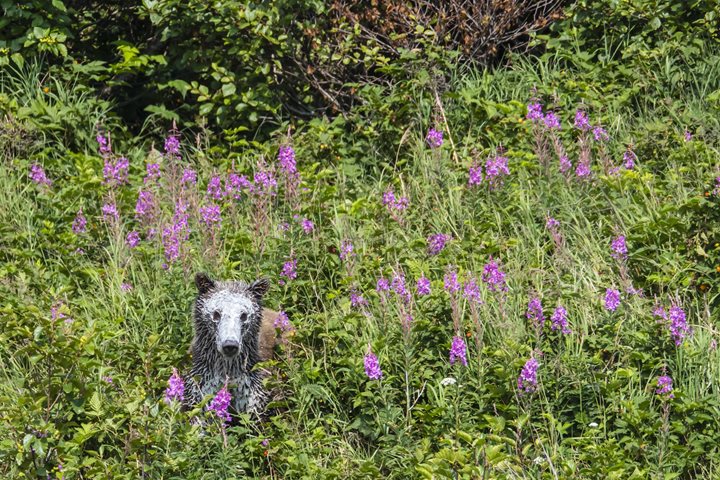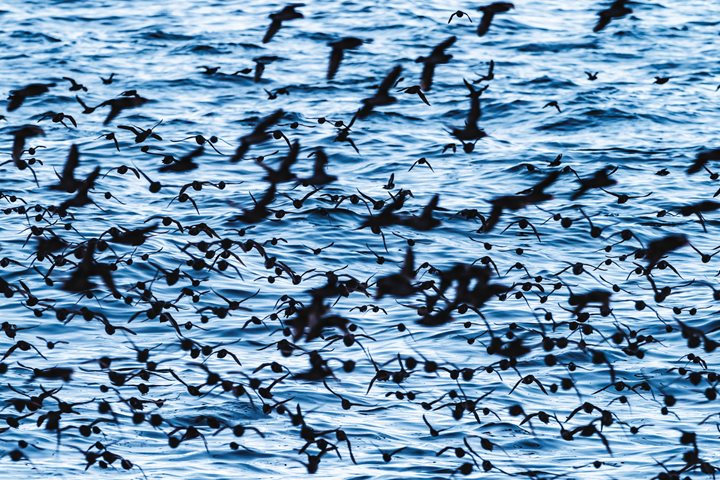With wide eyes, rolled ears, drooping whiskers and a twitchy snout poking through the water’s surface, northern fur seals top the list of the ocean’s “awww”-inducing animals. And for those hoping to get a closer look at these charismatic creatures, there’s no better place than the Pribilof Islands, off the west coast of Alaska. This wildlife-rich archipelago, once known as the Fur Seal Islands, is home to the largest breeding rookery and more than half the world’s population of northern fur seals.
Today they are found in relative abundance in and around these islands, but fur seals were once hunted to near extinction for their dense fur (the second thickest in the animal kingdom after sea otters). In 1911 the North Pacific Fur Seal Convention helped regulate commercial hunting and the Fur Seal Act of 1966 finally banned it completely, with the exception of subsistence hunting for native communities. The population is now protected under the Marine Mammal Protection Act and remains pretty stable, but it’s still half the size it was in the 1950s.
The only one of nine species of fur seals to be found north of the equator, these pinnipeds are pelagic creatures by nature, living almost all of the time in the open ocean, and only coming ashore on rocky or sandy beaches to breed and pup. At around four months juvenile seals head out to sea, bobbing, diving, and floating for years before reaching maturity and returning to their natal islands to start the breeding cycle once again.
Discover more fascinating facts about fur seals:









